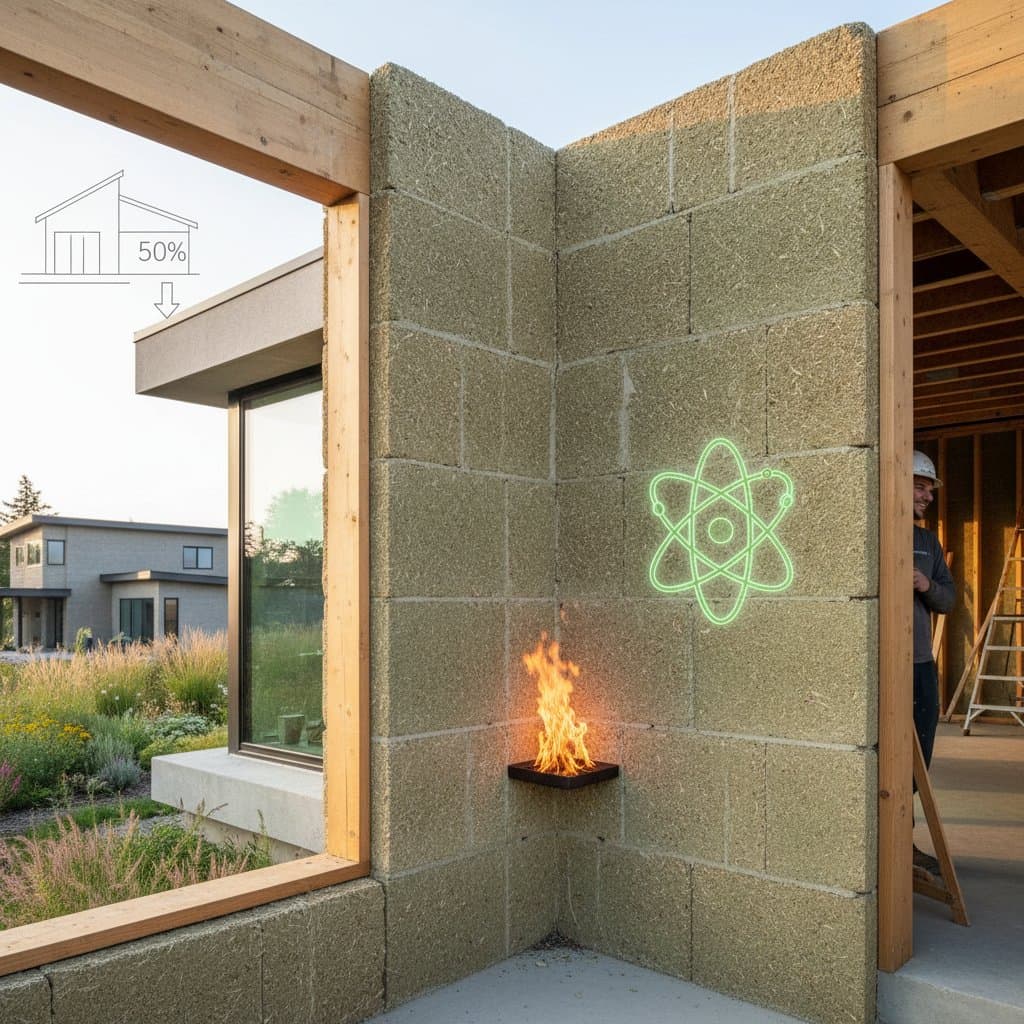Cut Household Water Use by 50% with Greywater Systems in 2025
Water scarcity affects billions globally, and with residential water demand projected to rise by 15% by 2030, innovative solutions are critical. Imagine slashing your household's potable water use by nearly half, simply by reusing water from showers, sinks, and laundry. Greywater systems offer a practical, sustainable way to achieve this, transforming wastewater into a resource for gardens and toilets. This guide explores how these systems work, their benefits, and actionable steps to implement one in your home.
What Are Greywater Systems and How Do They Work?
Greywater is wastewater from household sources like showers, bathroom sinks, and washing machines, distinct from blackwater, which includes toilet waste. Unlike blackwater, greywater has lower pathogen levels and higher organic content, making it suitable for treatment and reuse in non-potable applications such as irrigation or flushing. Modern greywater systems use advanced components to ensure safety and efficiency. These include pre-filters to remove debris, biological reactors to break down organics, UV disinfection for pathogen control, and distribution networks to deliver treated water where needed.
Recent technological advancements have boosted treatment efficiency, achieving over 95% removal of biochemical oxygen demand and common pathogens. Compact designs and self-cleaning filters make these systems accessible for various property sizes. As a result, many regions now permit greywater reuse for irrigation, provided systems meet safety standards.
Why Greywater Gardens Are Gaining Popularity
Greywater gardens pair reclaimed water with plants and soil designed to filter nutrients naturally. Species like rosemary, lavender, and native perennials thrive in these conditions, benefiting from a consistent nutrient supply while further purifying the water through root and microbial action. Several factors drive the growing adoption of these systems.
First, policy incentives, including utility rebates and updated building codes, encourage water recycling in new developments. Second, smart technology, such as soil moisture sensors and weather-based irrigation controls, optimizes water use. Finally, declining hardware costs and rising interest in sustainable living fuel market growth, with global greywater system sales projected to reach billions in the coming years.
Real-World Impact of Greywater Systems
Cities and communities worldwide demonstrate the tangible benefits of greywater adoption. In Phoenix, a pilot program equipping thousands of homes with compact systems reported a 48% reduction in household water bills within a year. Multi-unit buildings, such as apartments and co-ops, are also installing centralized treatment hubs to supply rooftop and courtyard gardens, distributing costs and maintenance across residents. These examples highlight how greywater systems can scale from single homes to larger communities.
Emerging Trends in Greywater Technology
Innovation continues to enhance greywater systems, focusing on safety and cost-effectiveness. Nanofiltration targets trace contaminants like pharmaceuticals, while electro-coagulation prevents mineral buildup in irrigation lines, extending component life. Renewable energy integration, such as solar-powered pumps and UV units, reduces operating costs and supports off-grid setups. Additionally, community-scale installations are emerging, with centralized hubs serving multiple residences, lowering per-unit costs and enabling larger shared gardens or local food production.
Practical Steps to Implement a Greywater System
Assess Your Water Usage
Begin by reviewing your past 12 months of water bills to calculate average monthly consumption. Identify greywater sources, typically showers, sinks, and washing machines, which often account for a significant portion of indoor use. Estimate potential savings, as diverting these sources can cut potable water demand by approximately 50%.
Select the Right System
Choose a system based on your property size and needs. Small backyards suit under-sink membrane bioreactor kits, processing tens to hundreds of liters daily, often at a lower cost and suitable for self-installation. Larger properties or multi-family buildings may require hybrid gravity-pump systems or centralized vertical flow reactors for efficiency.
Verify Local Regulations
Before purchasing, research municipal codes to ensure compliance with local rules. Some areas mandate backflow preventers or specific waiting periods before using reclaimed water on edible crops. Consulting a certified installer can clarify requirements and prevent costly mistakes.
Design a Greywater Garden
Select moisture-tolerant plants like sage, blue fescue, or native sedges, paired with a sand-loam soil mix rich in organic content for balanced drainage. Use drip or porous pipe irrigation to target root zones, minimizing evaporation compared to sprinklers. Top with a mulch layer, such as recycled wood chips, to retain moisture and control weeds.
Maintain and Monitor Performance
Regular maintenance is essential for consistent performance. Check pre-filters monthly and inspect reactors quarterly, using mild vinegar to clear biofilm as advised by manufacturers. Integrate soil moisture sensors with smartphone apps to prevent over-watering and track usage data for rebate applications or performance logs.
Costs, Savings, and Incentives
Upfront costs vary widely, from a few hundred dollars for basic kits to several thousand for complex hybrid systems. Operating expenses remain low, especially with energy-efficient pumps or solar integration. Many regions offer rebates, tax credits, or low-interest green loans in 2025 to offset initial investments. Calculate your return on investment by comparing installation costs, annual utility savings, and available financial incentives.
Inspiring Outcomes from Greywater Adoption
Small-scale systems deliver impressive results. A Portland household using a 150-liter-per-day under-sink system, combined with rainwater harvesting, reduced indoor potable water use by 49% in one year. Larger community systems in Melbourne and Copenhagen have achieved over 50% reductions in multi-unit water demand by supplying shared landscaping and toilets.
Take Action for a Water-Wise Future
Start transforming your water usage today with a simple audit of your bills and indoor sources. Explore local regulations and rebate programs to guide your system choice, then design a garden with resilient plants and proper soil. Commit to regular monitoring to sustain savings and prove impact. By adopting greywater systems, you will not only lower household costs but also contribute to a more sustainable urban water cycle, enhancing your home with beautiful, drought-resistant landscaping.







